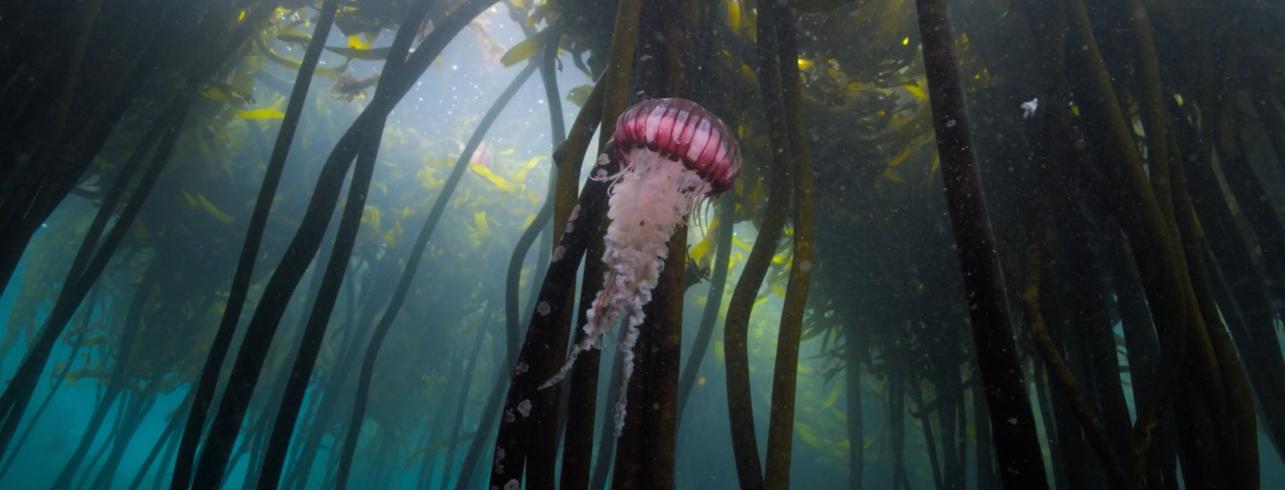
At the One Ocean Summit, Audrey Azoulay, Director-General of UNESCO, called for the mobilization of the 150 member states of the Intergovernmental Oceanographic Commission (IOC) as well as the private sector to amplify the momentum for ocean preservation. In this context, IOC experts assessed the means necessary to achieve the goal of mapping at least 80% of the seabed by 2030. These means are based on three main axes:
- Mobilization of a fleet of 50 vessels dedicated to seabed mapping: This measure aims to enhance data collection capabilities by deploying a fleet of ships specifically equipped to conduct mapping surveys of the seabed. This will improve our understanding of the oceans and marine ecosystems.
- Increased use of autonomous vessel sonar: Autonomous vessel sonar is a technology that enables precise and detailed bathymetric surveys of the seabed. Its increased use will contribute to speeding up the process of ocean mapping and obtaining more comprehensive data.
- Sharing of existing mapping data: Governments and companies are encouraged to share the mapping data they already possess but are currently archived. By making this information available, it will be possible to accelerate the process of seabed mapping and fill existing gaps.
According to estimates by IOC experts, the total funding required for the implementation of this project amounts to $5 billion, corresponding to an average annual amount of $625 million by 2030. These funds will be crucial to support mapping activities, the acquisition of technologies, and the analysis of collected data.
This initiative reflects the international community's determination to better understand and protect the oceans, recognizing the importance of mapping data for sustainable management of marine resources and the preservation of oceanic biodiversity.
